
Richard Bauckham is not a mythicist. I have no doubt he would emphatically oppose the very idea. General readers probably know him best for his book Jesus and the Eyewitnesses: The Gospels as Eyewitness Testimony in which he argues the Gospel narratives were sourced from traditions guaranteed by eyewitnesses of Jesus. I happen to think that book was one of the worst pieces of nonsense I have ever read and suggested it might best be explained by issues related to an illness from which Bauckham was recovering at the time he wrote it. But when Bauckham is not attempting to do history he can be very interesting. So I’m thrilled to write something positive about a Bauckham book for a change.
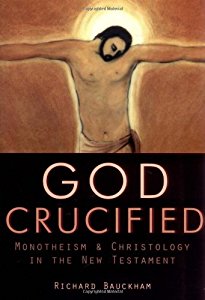
God Crucified was first published in 1998 and reissued as a chapter in a larger volume, Jesus and the God of Israel, two years after Jesus and the Eyewitnesses. Bauckham argues that the New Testament consistently portrays Jesus as part of the Godhead itself. The earliest Christology was a “High Christology”. That is, views about Jesus did not gradually evolve from the time of “the resurrection appearances” through a series of graduating exaltations until he was eventually worshiped alongside, or as part of, God. He was identified with God by the earliest Christians before any of the New Testament was written.
This view of Jesus was derived from an interpretation of the passages in Isaiah where God is said to both reside in the highest places where he sits as supreme ruler over all creation, and also with the lowly on earth, in particular with the suffering Servant. God raises that suffering Servant from death to be with him in the highest places, too, thus identifying himself with that one who had been abased.
Bauckham believes that this view (that I address in more detail in this post) explains how the human Jesus came to be identified with ruler of the universe. I think Bauckham’s argument holds perfectly for “Christ crucified”, but runs into problems when one tries to relate it to a pre-crucified human Jesus. I wonder if his argument better supports mythicist scenarios that argue Jesus was initially a figure who only took on flesh or a form of flesh for the short time necessary to be crucified.
Understanding Early Jewish Monotheism
Bauckham begins by setting out the two main scholarly views of Second Temple Jewish monotheism: Continue reading “How Could a Crucified Jesus Be Identified With God?”

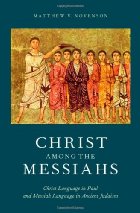
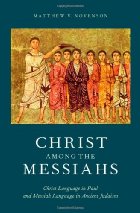

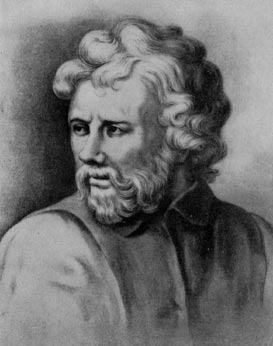
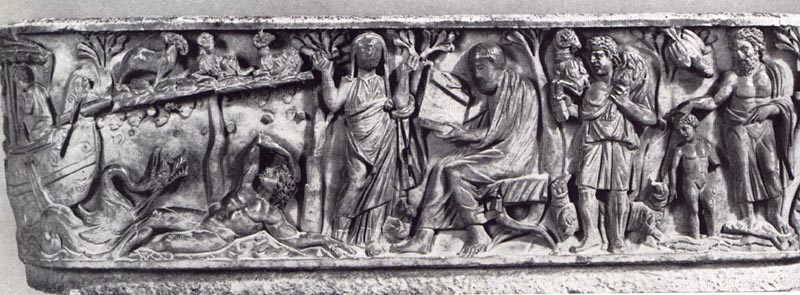
 In his
In his  Continuing the series that is archived
Continuing the series that is archived 